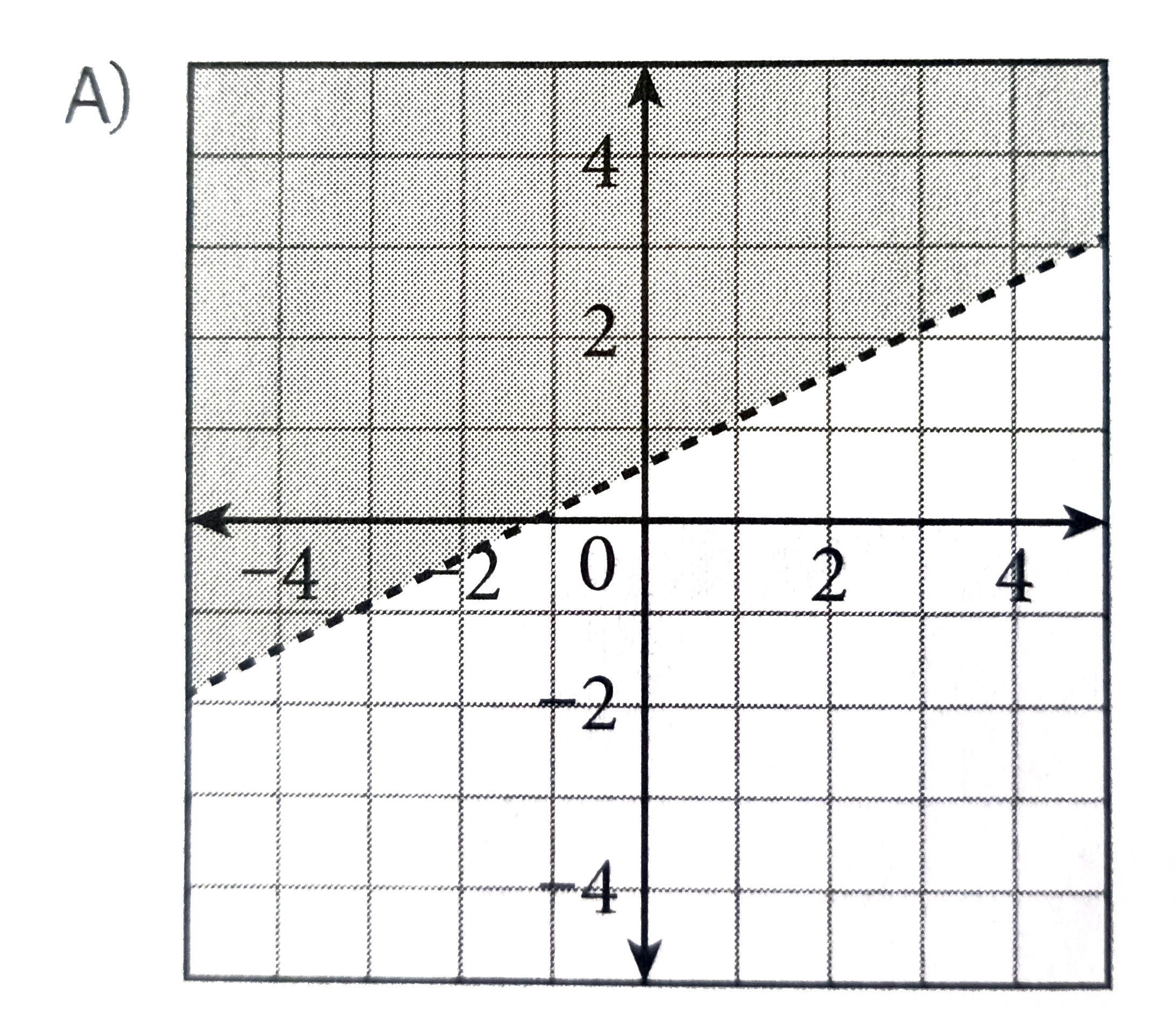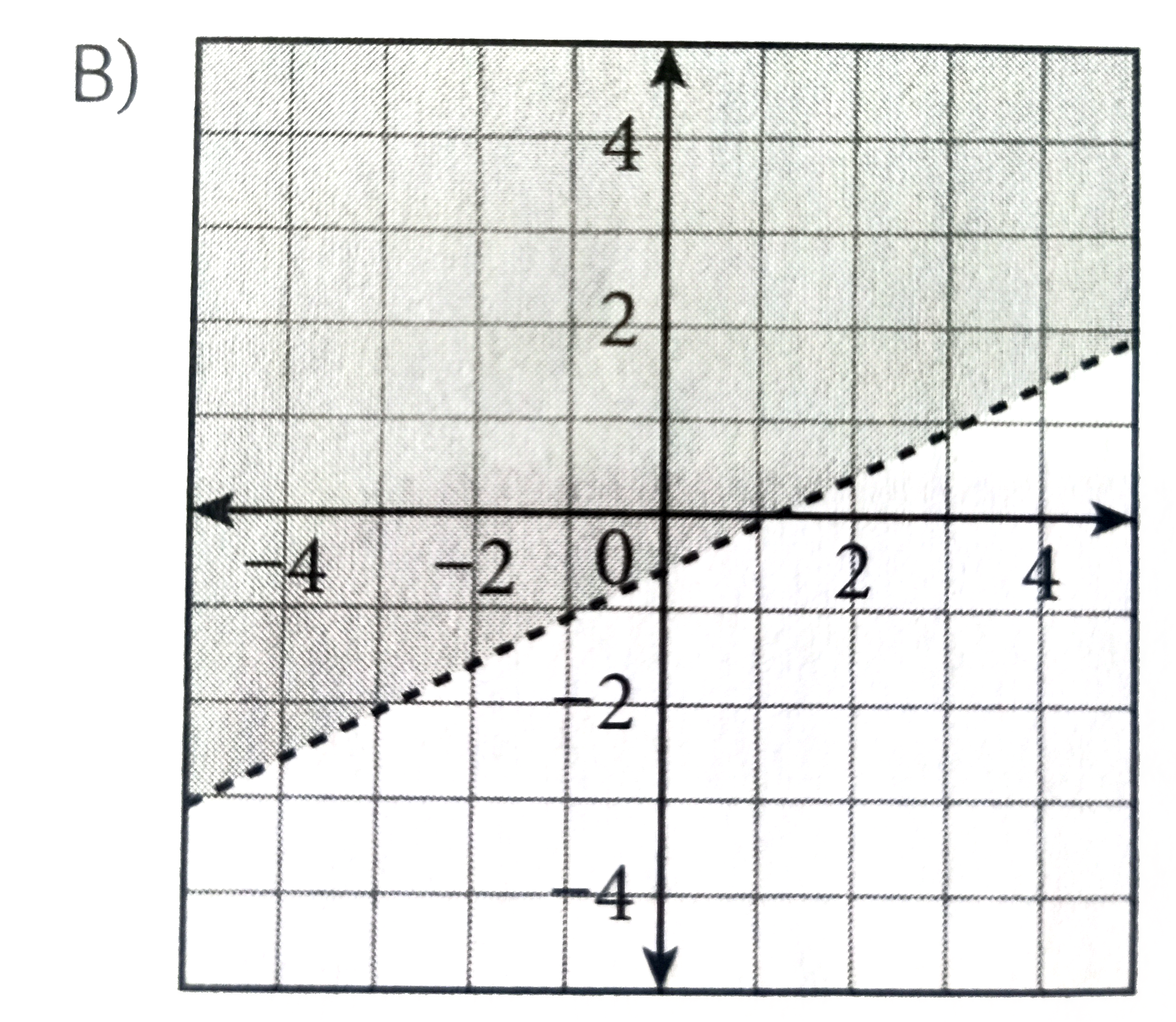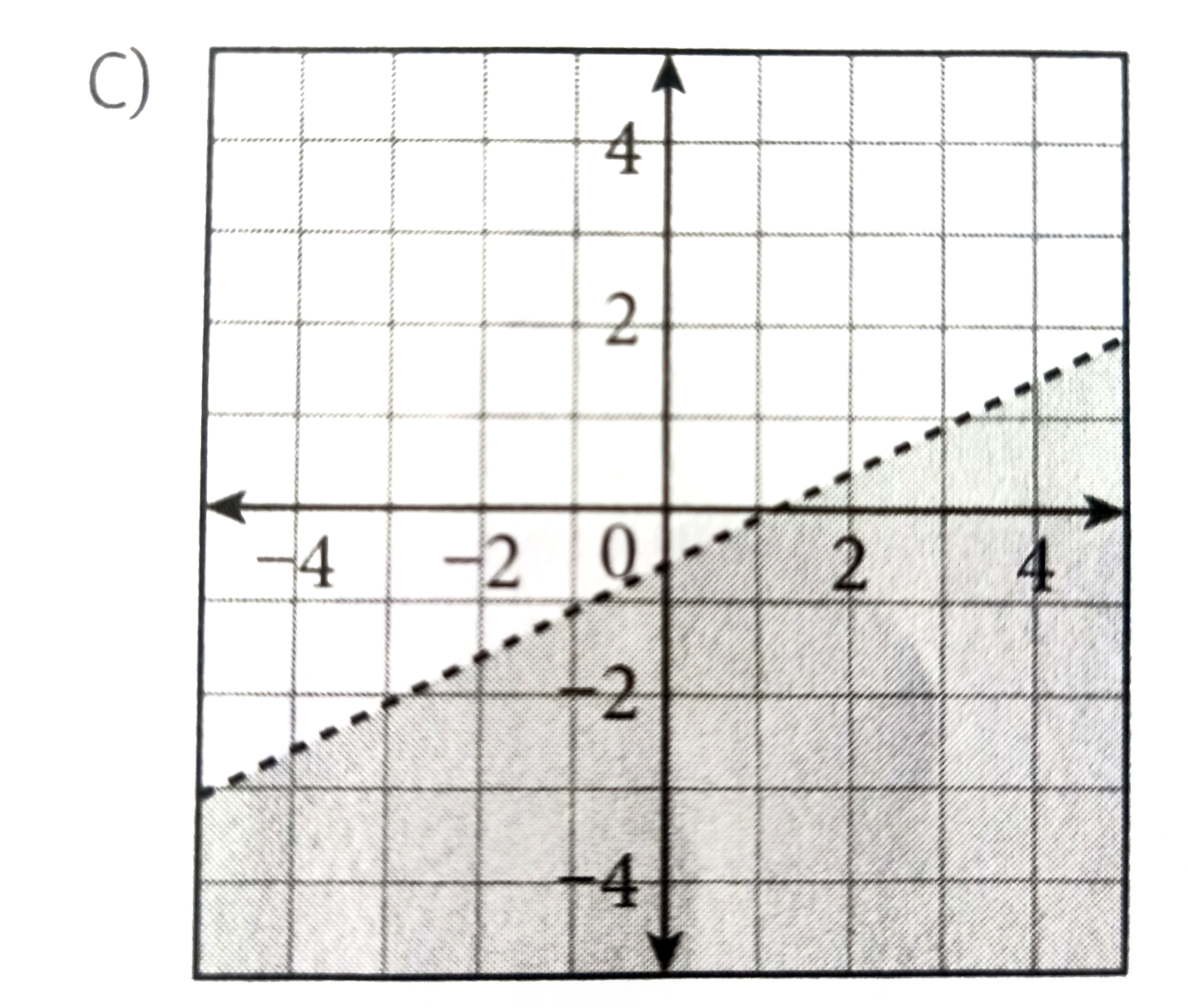Which of the following sets represents vestigial organs
Vermiform appendix, body hair and patella
Wisdom teeth, body hair and atlas vertebra
Ear muscles, cochlea and coccyx
Vermiform appendix, ear muscles and coccys.
The correct Answer is:D
To determine which set represents vestigial organs, we need to analyze each option provided in the question. Vestigial organs are those that have lost most or all of their original function through the course of evolution.
1. Understanding Vestigial Organs:
- Vestigial organs are remnants of structures that had important functions in ancestors but have lost their original purpose in the current organism.
- Examples in humans include the vermiform appendix, wisdom teeth, and tailbone (coccyx).
2. Analyzing Each Option:
- Option A: Vermiform appendix, body hair, and patella.
- The vermiform appendix is a vestigial organ, but body hair is not considered vestigial in humans, and the patella (kneecap) is a functional bone. Therefore, this option is incorrect.
- Option B: Wisdom teeth, body hair, and atlas vertebrae.
- Wisdom teeth are vestigial, but body hair is not, and the atlas vertebrae are functional. Hence, this option is also incorrect.
- Option C: Ear muscles, cochlea, and cortex.
- Ear muscles (pinna muscles) are vestigial, but the cochlea is a functional part of the ear, and the cortex refers to the outer layer of an organ, which is not vestigial. Thus, this option is incorrect.
- Option D: Vermiform appendix, ear muscles, and cortex.
- The vermiform appendix and ear muscles are both considered vestigial organs. However, the cortex is not a vestigial organ. This option is incorrect.
3. Identifying the Correct Option:
- After analyzing all options, it appears that none of the options provided are entirely correct based on the definitions and examples of vestigial organs. However, if we consider the most accurate representation, Option D includes two recognized vestigial organs (vermiform appendix and ear muscles) and is the best choice among the given options.
Conclusion:
The correct answer is Option D: vermiform appendix, ear muscles, and cortex, as it includes two known vestigial organs.
- Vestigial organs are remnants of structures that had important functions in ancestors but have lost their original purpose in the current organism.
- Examples in humans include the vermiform appendix, wisdom teeth, and tailbone (coccyx).
- Option A: Vermiform appendix, body hair, and patella.
- The vermiform appendix is a vestigial organ, but body hair is not considered vestigial in humans, and the patella (kneecap) is a functional bone. Therefore, this option is incorrect.
- Option B: Wisdom teeth, body hair, and atlas vertebrae.
- Wisdom teeth are vestigial, but body hair is not, and the atlas vertebrae are functional. Hence, this option is also incorrect.
- Option C: Ear muscles, cochlea, and cortex.
- Ear muscles (pinna muscles) are vestigial, but the cochlea is a functional part of the ear, and the cortex refers to the outer layer of an organ, which is not vestigial. Thus, this option is incorrect.
- Option D: Vermiform appendix, ear muscles, and cortex.
- The vermiform appendix and ear muscles are both considered vestigial organs. However, the cortex is not a vestigial organ. This option is incorrect.
- After analyzing all options, it appears that none of the options provided are entirely correct based on the definitions and examples of vestigial organs. However, if we consider the most accurate representation, Option D includes two recognized vestigial organs (vermiform appendix and ear muscles) and is the best choice among the given options.
The correct answer is Option D: vermiform appendix, ear muscles, and cortex, as it includes two known vestigial organs.
Topper's Solved these Questions
- BOOK - DINESH PUBLICATION ENGLISHCHAPTER - EVIDENCES OF EVOLUTIONEXERCISE - CHECK YOUR GRASP19videos
EVIDENCES OF EVOLUTION
- BOOK - DINESH PUBLICATION ENGLISHCHAPTER - ENVIRONMENTAL ISSUESEXERCISE - Model test paper-5100videos
ENVIRONMENTAL ISSUES
- BOOK - DINESH PUBLICATION ENGLISHCHAPTER - EXCRETORY PRODUCTS AND THEIR ELIMINATIONEXERCISE - Check your graps10videos
EXCRETORY PRODUCTS AND THEIR ELIMINATION
Similar Questions
Knowledge Check
- Question 1 - Select One
Which of the following graphs represents the soution set for 5x−10y>6 ?
A B
B C
C D
D
- Question 2 - Select One
Which one of the following sets of ions represents a collection of isoelectronic species?
AK+,Cl−,Ca2+,Sc3+BBa2+,Sr2+,K+,S2−CN3−,O2−,F−,S2−DLi+,Na+,Mg2+,Ca2+
Which one of the following correctly represents an organism and its ecological niche?
View SolutionWhich of the following is not a vestigial organ?
View SolutionWhich of the following is not a vestigial organ?
View SolutionWhich of the following is a vestigial organ in humans?
View SolutionWhich of the following structures are vestigial in python but not in human?
View SolutionWhich of the following options represents correct set of steps for an enzyme catalysed reaction
View Solution

